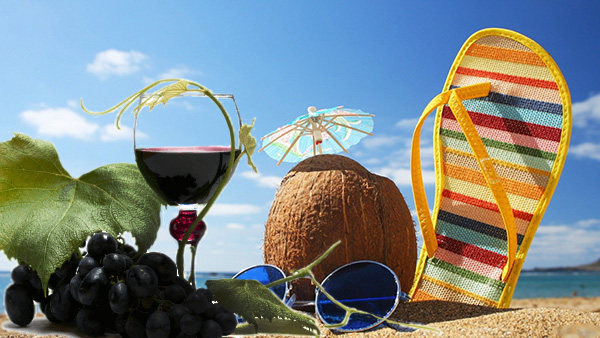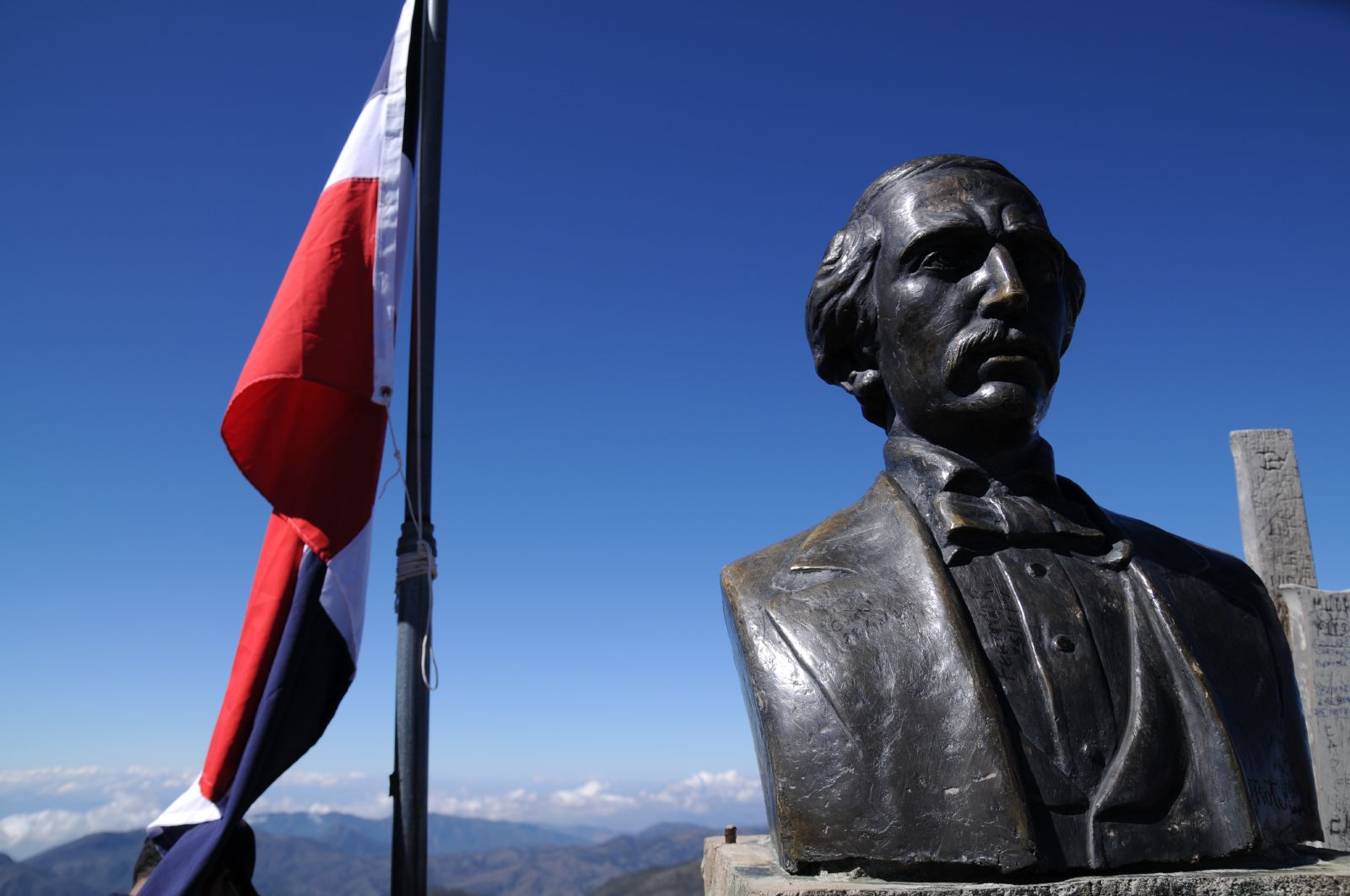
| Home | | | DR History | | | Destination | | | Photos | | | Culture | | | Activities |
|---|

| Home | | | DR History | | | Destination | | | Photos | | | Culture | | | Activities |
|---|
About Dominican Republic
Dominican Republic forms part of the island of Hispaniola. Before the Europeans arrived, a people called the Arawaks lived there. However on 6 December, 1492, Christopher Columbus landed at the north-west and called the island Espanola, which was later anglicized as Hispaniola.
Spanish settlers founded San Domingo in 1596. However a hundred years after Columbus discovered Hispaniola, European diseases and war had almost exterminated the Arawaks.
Meanwhile, the Spanish claimed ownership of the whole island but they settled mainly in the east, in what is now Dominican Republic. During the 16th century, vast numbers of African slaves were imported into the island and they were forced to work on sugar plantations.
The west of the island was left largely empty and in the 17th century, it was setled by the French. Finally in 1697, the Spanish and French signed the Treaty of Ryswick. France was given the western third of the island of Hispaniola. The rest remained in Spanish hands.
Haiti became independent in 1804, but in 1821 the Haitians occupied what is now the Dominican Republic. However Dominican Republic became independent in 1844. Its first president was Pedro Santana, but he made himself effectively a dictator. Dominican Republic also suffered a number of invasions from Haiti during this time. In 1861, Santana made Dominican Republic a province of Spain. The Spanish deposed him in 1862 and in 1863 the people rose in revolt. A guerilla war began called the War of Restoration and the Spanish withdrew in 1867. Unfortunately, there then followed a period of political instability and internal disorder in the Dominican Republic.

For more information: http://www.localhistories.org/dominican.html